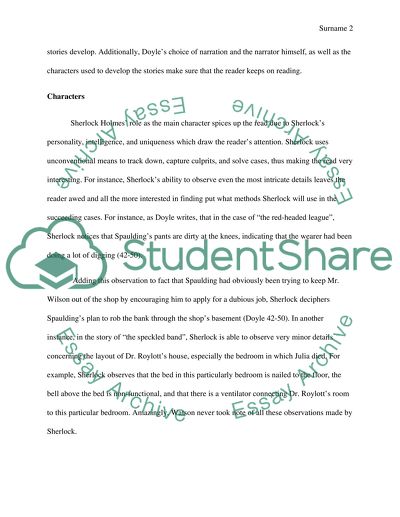Cite this document
(“The Story Layout in The Adventures of Sherlock Holmes Essay - 4”, n.d.)
The Story Layout in The Adventures of Sherlock Holmes Essay - 4. Retrieved from https://studentshare.org/literature/1632097-final-essay
The Story Layout in The Adventures of Sherlock Holmes Essay - 4. Retrieved from https://studentshare.org/literature/1632097-final-essay
(The Story Layout in The Adventures of Sherlock Holmes Essay - 4)
The Story Layout in The Adventures of Sherlock Holmes Essay - 4. https://studentshare.org/literature/1632097-final-essay.
The Story Layout in The Adventures of Sherlock Holmes Essay - 4. https://studentshare.org/literature/1632097-final-essay.
“The Story Layout in The Adventures of Sherlock Holmes Essay - 4”, n.d. https://studentshare.org/literature/1632097-final-essay.


